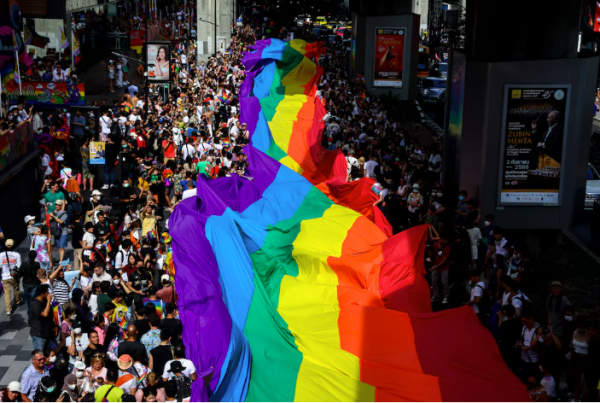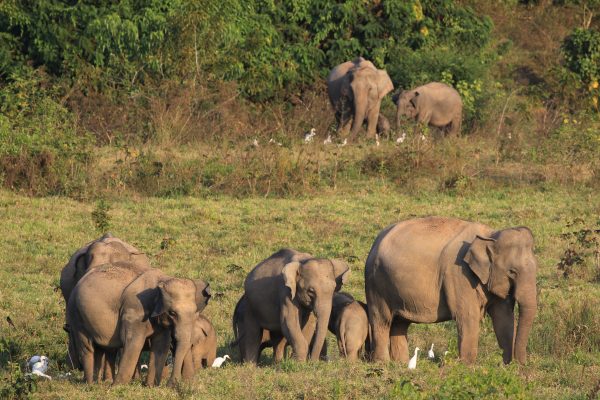The other side of paradise

An hour’s drive from Phuket’s Pa Tong Beach, Bang Rong seems to be an ocean apart from its western counterpart. Located on the east coast, it doesn’t have a white sandy beach. Luxury beach clubs, Sunday brunch with free-flow sparkling wine and a pampering spa are most definitely not on its menu.
But Bang Rong offers a different side to a tropical
“Bang Rong has long served as a pier to Koh Yao and islands further out in Phang Nga Bay. This place, however, has never been a destination in its own right,” says local guide Prasert. “Those who came here earlier were either on their way to other places or looking for mangrove charcoal.”
Mangrove charcoal, yes. You read that correctly.

Mangrove charcoal is considered to be the best for cooking. It’s a local restaurant favourite because it burns longer and produces less smoke than the average charcoal. Located in the lush mangrove forest, Bang Rong was always the best place to find premium charcoal. A few decades ago a state concession was even granted to a businessman to clear the mangrove trees and turn them into charcoal. The government concession was later revoked because turning a pristine mangrove, a breeding ground for marine creatures, into a solid piece of carbon is not good at all. The reclaimed forest was reforested by the locals andeventually returned to its pristine state.
“When we were reforesting the mangrove, we talked about how we could make the travellers stay a little longer and spend some money in the village,” Prasertsays. “First, we set up a restaurant on the waterway. The tourists lingered a bit longer for home-cooked food. Then, we added an over-water boardwalk crisscrossing the mangrove. Visitors could stretch their legs, get some air, and enjoy the scenery, while waiting for their food or their boat.”
One thing led to another and before long, visitors were asking for more activities to do while they were in Bang Rong.
“We got them in a small fishing boat, showed them a scenic waterway with lush mangroves, and let them cast the net with local fishermen,” says the local guide.
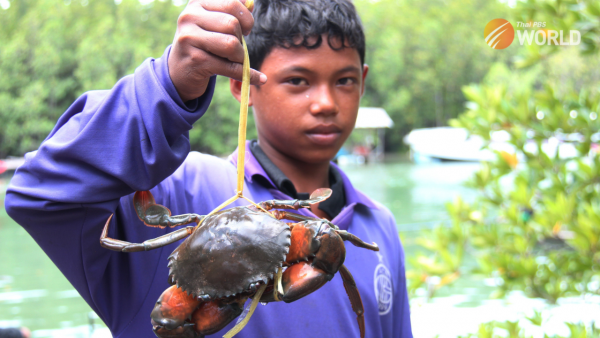
Today, Bang Rong draws visitors to the seaside communities for a rural retreatand simple pleasure. Phuket’s bucolic heart devotes much of its land to tropical gardens. Heading eastwards from the Heroine’s Monument, you see the local farmers plying their produce like durian, rambutan, mangosteen, jackfruit and stinky bean. A trip to Bang Rong combines an agro and eco-tourism experience, with locals immersing you in their culture and showing you how they live and work.
“Visitors are going to eat fish, a lot of fish, and fruit,” says Prasert. “They will do sea kayaking or cruise along the mangrove and hike to the waterfall before making peace with the gibbons. If they’re lucky, they will even learn how to milk a nanny goat.”
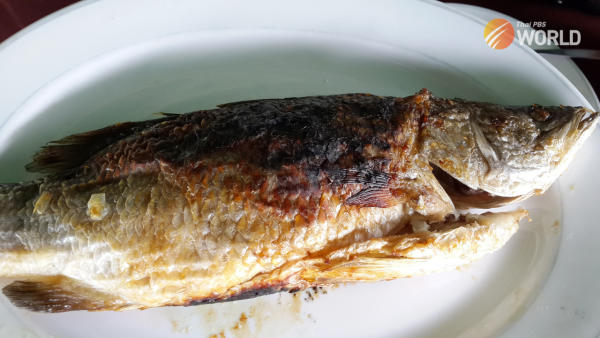
The Bangpae Waterfall – a cascade sweeping through the evergreen forest of Khao Phra Thaeo National Park – requires a hike from the entrance to the waterfall. There, in the middle of the jungle, the water runs 10 metres down from the higher overhang to the lower pool. You can “go exotic” and take a refreshing dip in the drop pool which, while small, will make the infinity pool at the boutique hotel feel like a fish tank.
Bangpae Waterfall is also home to the Gibbon Rehabilitation Centre. All the gibbons here have names like Rumthai, Tam, Honey, and Aeh, implying that the gibbons were once human pets. A bad idea that becomes even worse with time. When the cute baby matures into an aggressive adult gibbon, the owner abandons it at the temple – it’s that simple. The Wild Animal Rescue Foundation of Thailand rescues these poor gibbons and rehabilitates them in order to teach them to forget about human life.
“We teach them to live like a wild animal,” says a volunteer visitor, who spends his holiday sweeping the ground at the Gibbon Rehabilitation Centre. “When these gibbons can live on their own, they’re released into a wild sanctuary.”
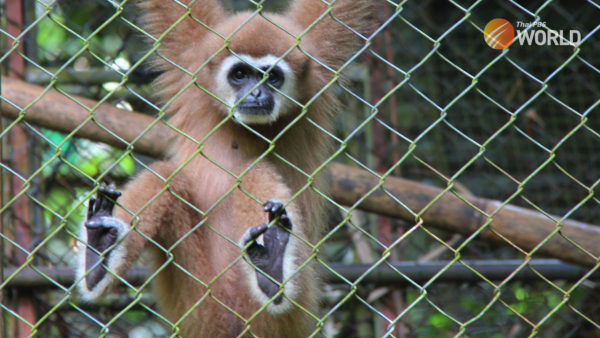
If green travel at its best should reward the host as much as the visitors, the Gibbon Rehabilitation Centre is one place to stop. You can walk around the gibbon cages, listen to their eerie calls, share stories with the volunteers, orpurchase some keepsakes to contribute to the project.
For lunch, there is a community restaurant within walking distance of the local pier. The floating restaurant, which overlooks the Bang Rong Canal and is run by the local community, is known for its sustainably caught seafood and local produce. The menu changes with the seasons and their daily catches, so what’s on offer here is always a pleasant surprise.
If you’re inspired after having lunch by scenic river views, taking a boat ride along the Bang Rong Canal is a must. You can paddle a sea kayak at your own pace or take a boat ride along the estuary in this seaside community.

The reclaimed mangrove forest has returned to its fertile state, providing a haven for schools of baby fish, mud crabs, macaques and you – a weary soulwho needs to reconnect with nature. Natural white noises such as ocean waves lapping, wind blowing, and birds chirping, according to a sound therapist, may improve your deep sleep. Here, you’re likely to see mangrove birds such as the Collared Kingfisher, Mangrove Whistler, and White Bellied Sea Eagle.
“We have agreed on a common ground in terms of mangrove use,” says the local guide. “For example, you can cut down some trees to repair your house, but you cannot cut them to make money.”
IF YOU GO
Bang Rong is located approximately 35 kilometres from Patong Beach and 20 kilometres from Phuket’s Old Town. Visit www.bangrongconnect.com before leaving your place for Bang Rong.
By Thai PBS World Feature Desk



